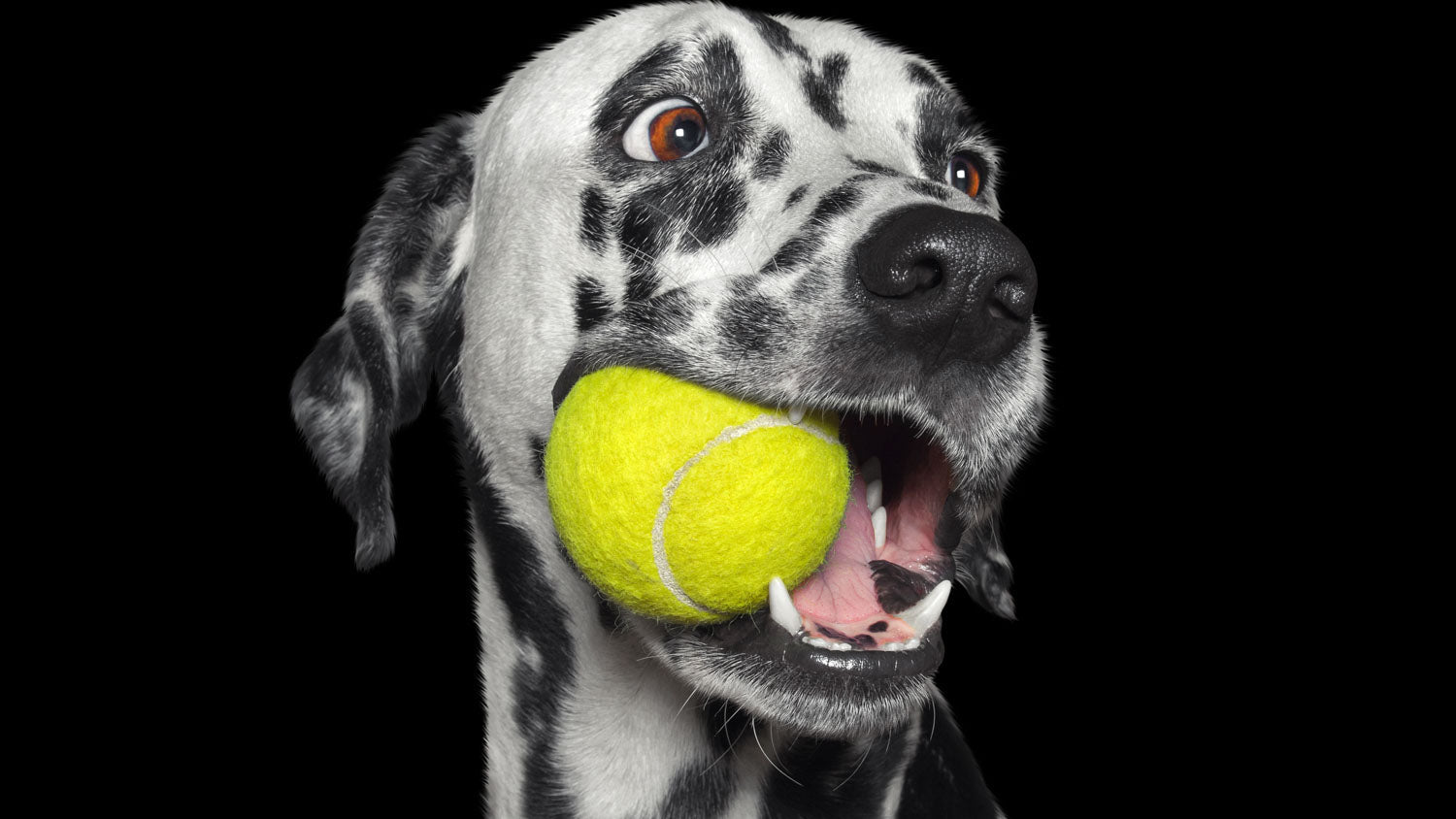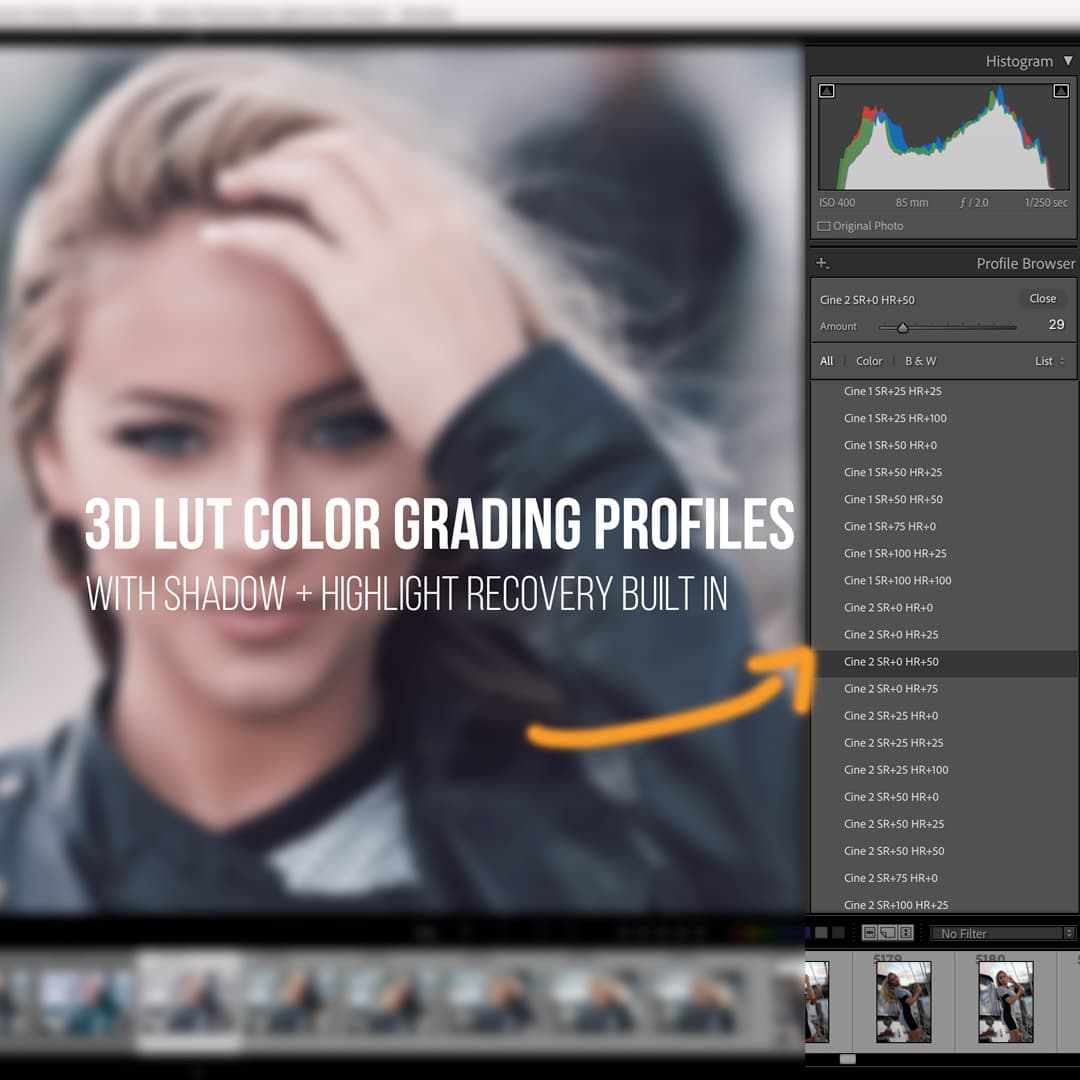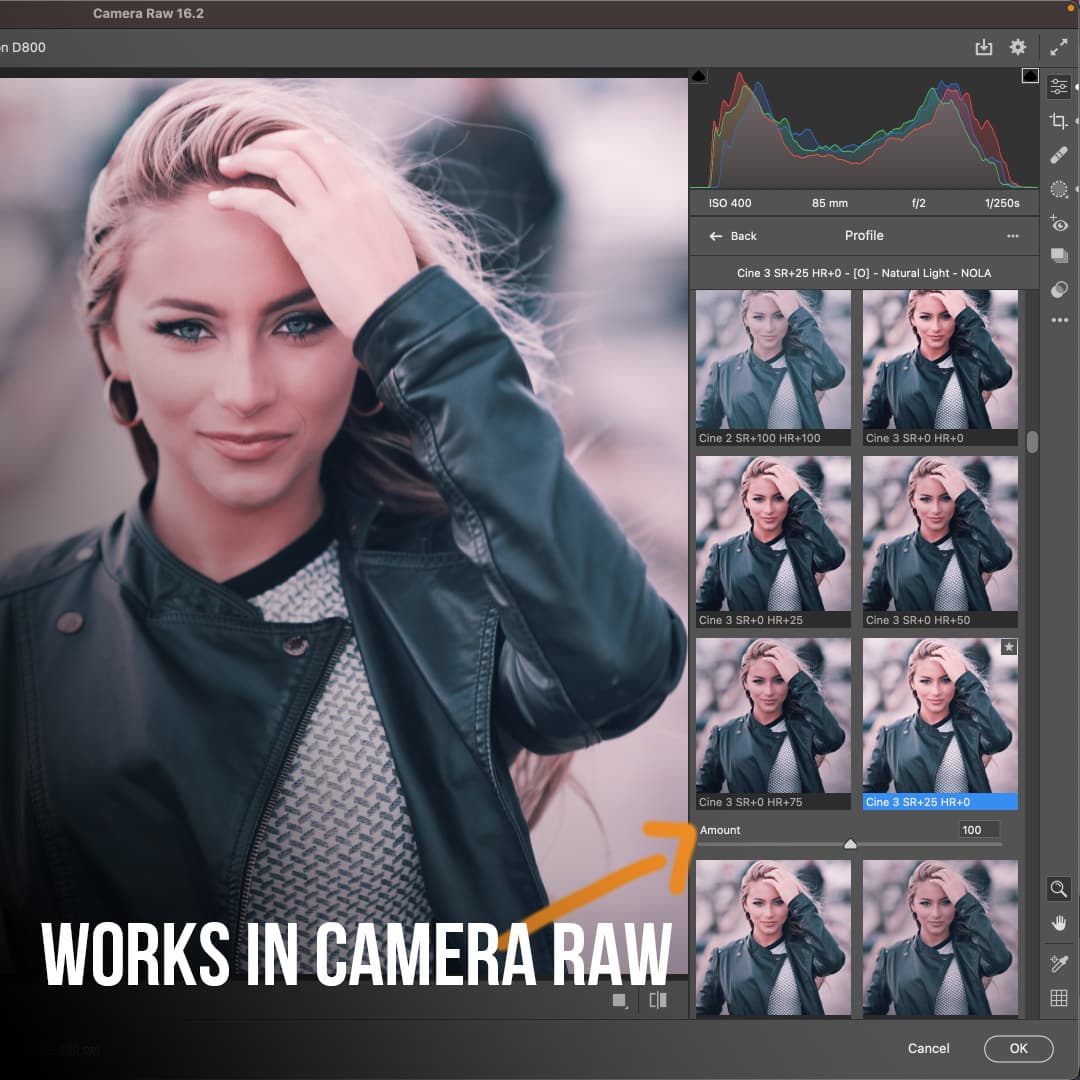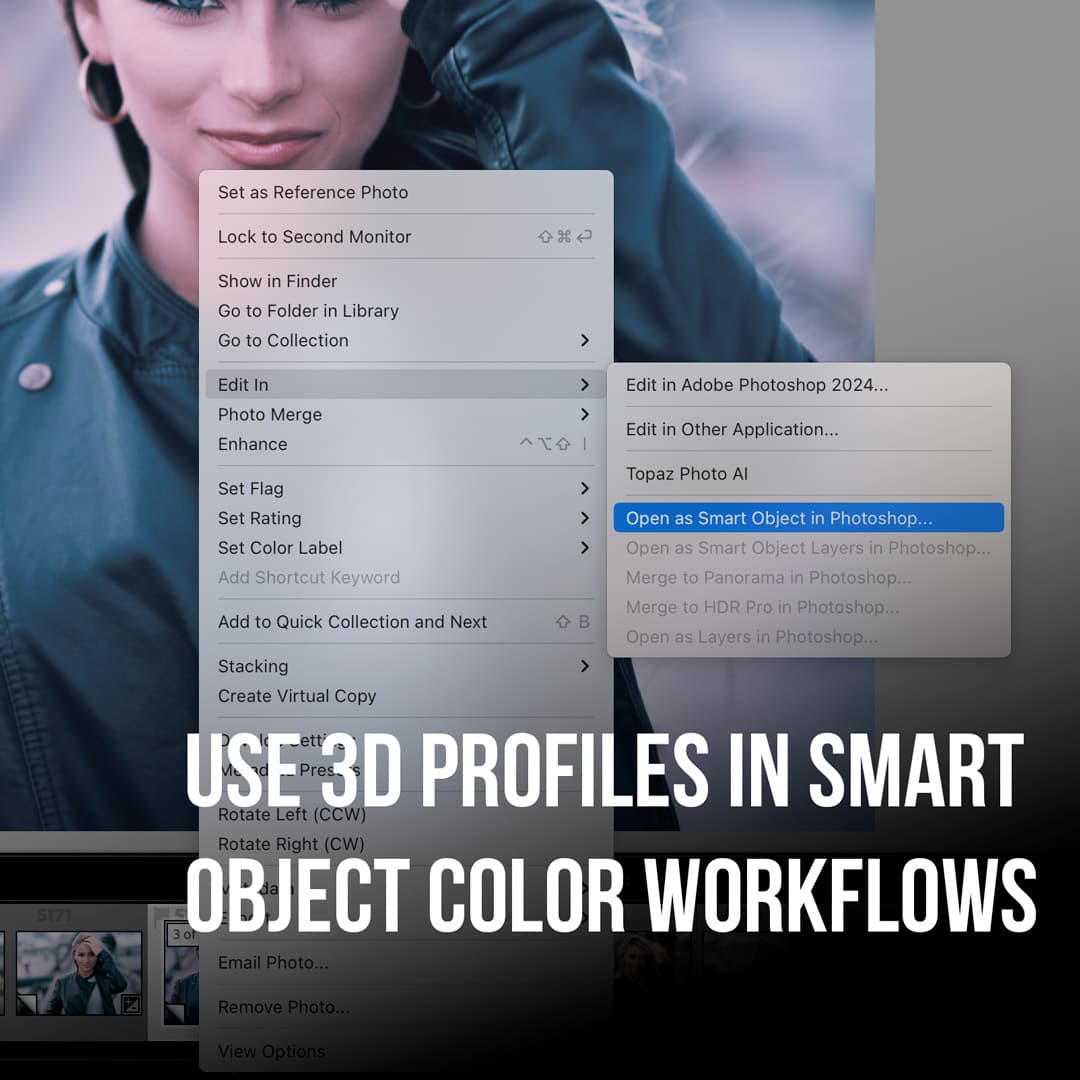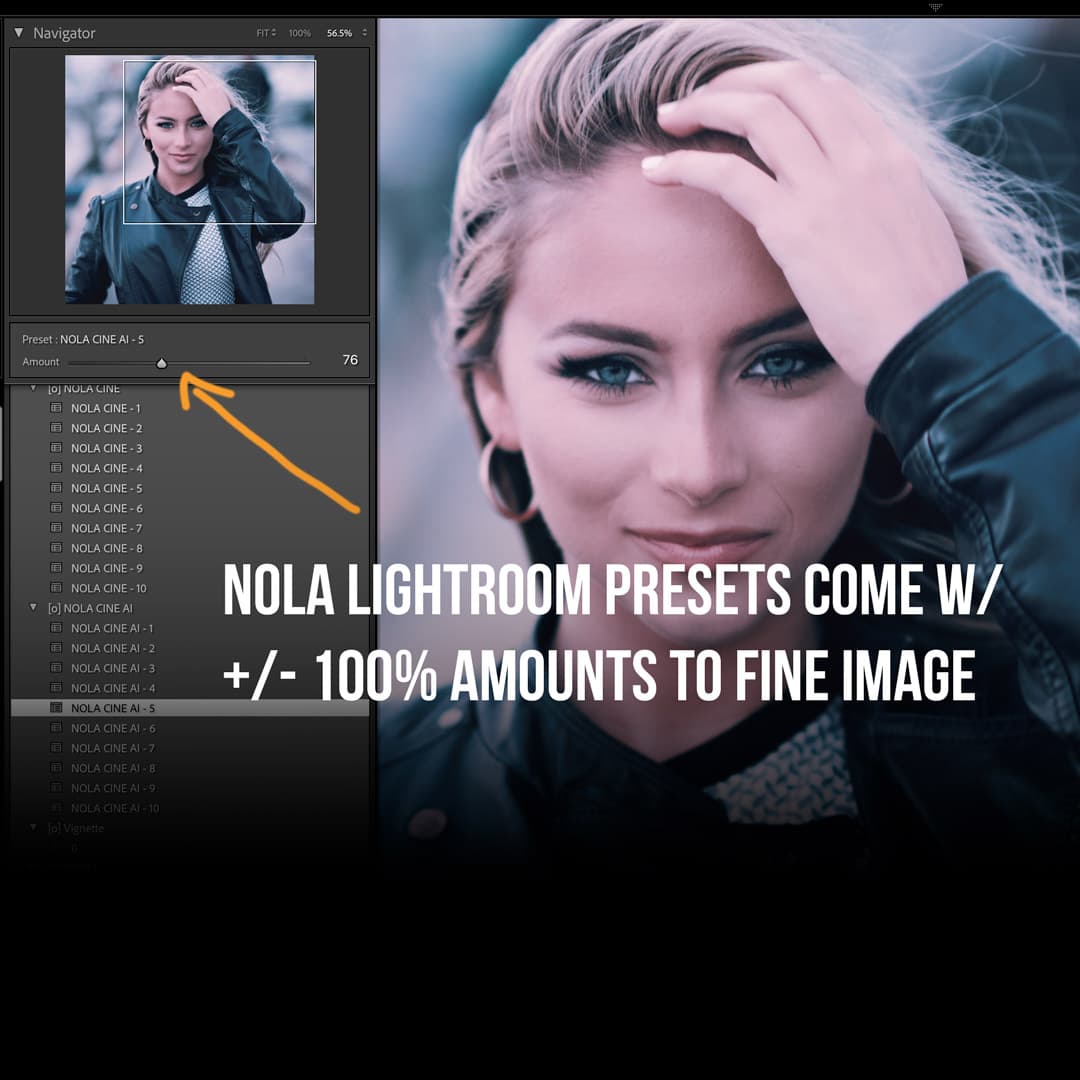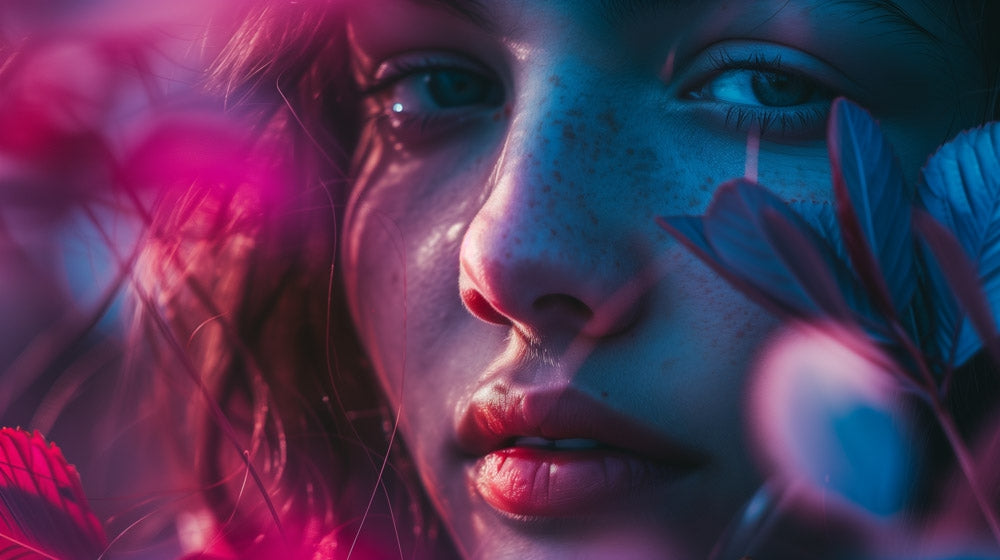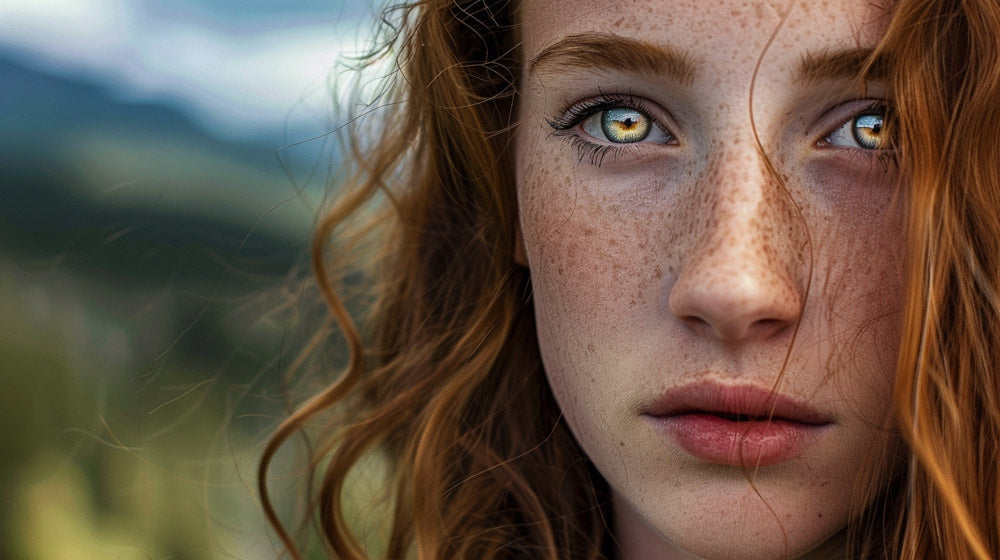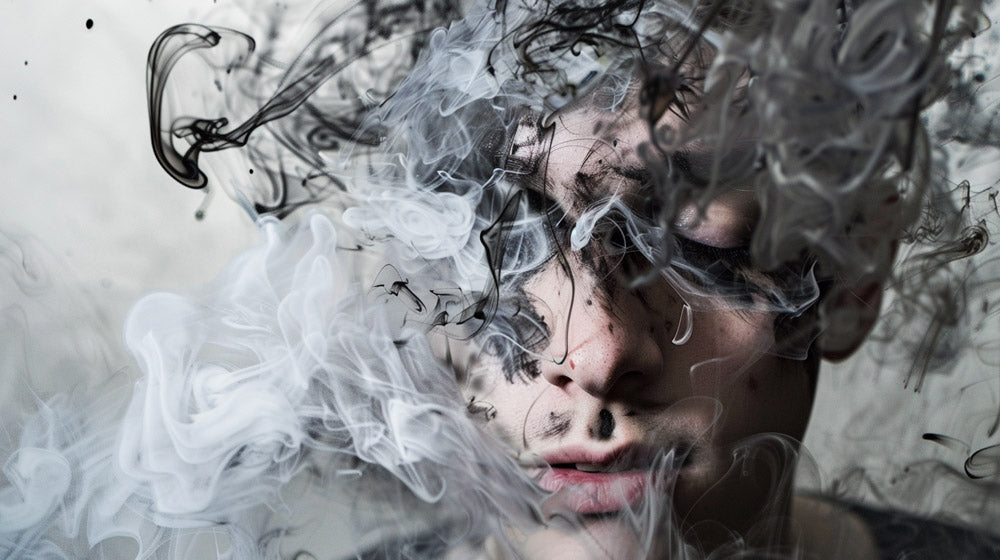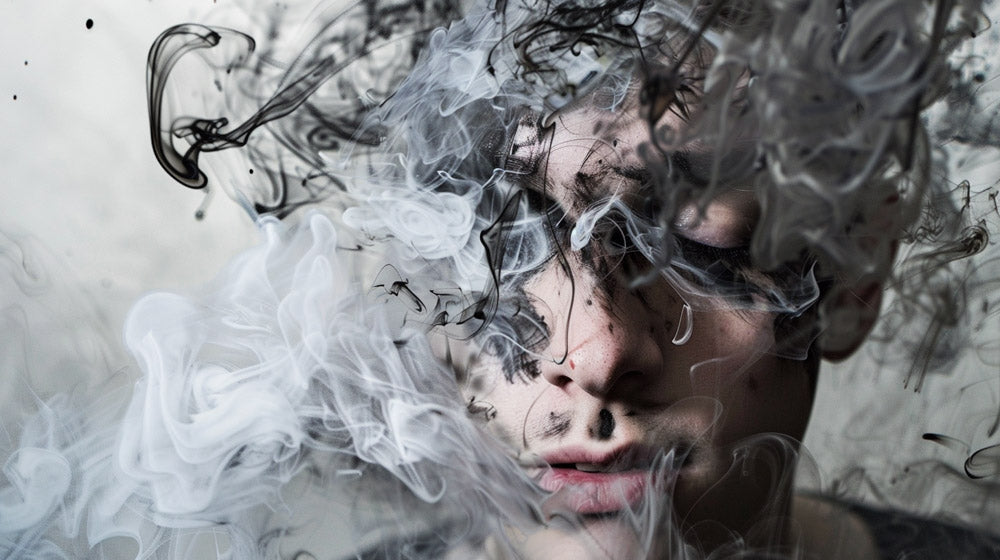Underwater dog photography captures the playful and dynamic nature of our canine companions in a unique aquatic environment. These captivating images showcase dogs in a whole new light, revealing their expressions and movements as they dive, splash, and swim. Seth Casteel's groundbreaking work in this genre has inspired pet owners and photographers alike, leading to the creation of his bestselling book Underwater Dogs.
The process of capturing these stunning shots requires patience, skill, and specialized equipment. Photographers often use wide-angle lenses and underwater camera housings to get up close and personal with their furry subjects.
The results are striking portraits that highlight the energy and personality of each dog, from wide-eyed pugs to graceful retrievers.
Underwater dog photography has grown from a niche interest to a popular art form, with exhibitions and books dedicated to the genre. It offers a fresh perspective on our beloved pets and provides a unique way to celebrate the bond between humans and dogs.
Key Takeaways
- Underwater dog photography reveals unique expressions and movements of dogs in water
- Specialized equipment and techniques are essential for capturing high-quality underwater shots
- The genre has gained popularity, inspiring books, exhibitions, and a new approach to pet portraiture
The Evolution of Underwater Dog Photography
Underwater dog photography has transformed from a niche concept to a popular art form. We've witnessed remarkable changes in techniques, equipment, and artistic vision that have shaped this unique genre.
Rise of a Genre
Seth Casteel's groundbreaking work sparked widespread interest in underwater dog photography. His 2010 photo shoot of a dog unexpectedly jumping into a pool marked the beginning. The resulting images captivated audiences with their unique perspective and canine expressions.
Casteel's 2012 book "Underwater Dogs" further popularized the genre. It featured over 80 vibrant portraits showcasing dogs in a completely new light. The book's success inspired other photographers to explore this creative niche.
As interest grew, we saw an increase in specialized photo sessions for pet owners. Photographers began offering underwater shoots as a novel way to capture beloved pets' personalities.
Technological Advancements
Advancements in underwater camera technology have been crucial to the genre's evolution. Early attempts relied on basic waterproof housings for standard cameras. Today, we have access to sophisticated underwater cameras designed specifically for this purpose.
Wide-angle lenses have become a staple in underwater dog photography. They allow photographers to capture expansive underwater scenes while staying close to their canine subjects.
This proximity is essential for capturing detailed expressions and creating a sense of intimacy in the images.
Improved lighting equipment has also played a significant role. Specialized underwater strobes and continuous lighting systems help photographers illuminate the underwater environment, bringing out vivid colors and details in the dogs' fur and expressions.
Equipment Essentials
Selecting the right gear is crucial for capturing stunning underwater dog photos. The proper camera and housing combination allows us to safely take high-quality images beneath the surface.
Choosing the Right Underwater Camera
We recommend compact cameras for beginners due to their ease of use and portability. Many compact cameras are ideal for underwater photography, offering features like waterproof capabilities and dedicated underwater modes.
For more advanced shooters, mirrorless or DSLR cameras provide superior image quality and greater control over settings.
Key features to look for in an underwater camera: • High ISO performance for low-light conditions • Fast autofocus to capture quick-moving dogs • Wide-angle lens capability for close-up shots • RAW file format support for better post-processing
Understanding Underwater Housings
An underwater housing is essential to protect non-waterproof cameras from water damage. We must choose a housing specifically designed for our camera model to ensure proper fit and functionality.
Types of underwater housings:
- Hard plastic housings: Durable and affordable
- Aluminum housings: More robust but pricier
When selecting a housing, we should consider: • Depth rating: Ensure it exceeds our planned shooting depth • Control access: Check that all necessary camera functions are accessible • Port compatibility: Verify it works with our chosen lenses
Proper maintenance of underwater housings is critical. We must regularly clean and lubricate O-rings to prevent leaks and ensure longevity of our equipment.
Principles of Underwater Photography
Mastering underwater photography requires understanding key principles of composition and lighting. These techniques help create compelling images in the challenging aquatic environment.
Composition Techniques
We recommend using the rule of thirds to create balanced and visually appealing underwater dog photos. Imagine a 3x3 grid over your frame and place key elements along these lines or at their intersections.
Negative space can be powerful underwater. We often use the blue water as a backdrop to make our canine subject stand out. This technique creates a sense of depth and emphasizes the dog's form.
Consider the dog's direction of movement. Leave space in front of them to create a sense of motion and story in the image. Shoot from various angles - eye level often works well for connecting viewers with the subject.
Lighting Underwater
Proper lighting is crucial underwater as water absorbs light quickly, especially reds and oranges.
We recommend using artificial light sources like underwater strobes or video lights to restore color and detail.
Position lights at a 45-degree angle to the subject to avoid backscatter - tiny particles reflecting light back to the camera. This technique helps maintain image clarity.
For close-up shots, we often use macro lighting techniques. A ring light or dual strobes can evenly illuminate the dog's face and bring out textures in their fur.
Natural light can be effective in shallow water. We shoot during the "golden hours" near sunrise or sunset for warm, soft lighting. Experiment with sun rays for dramatic backlighting effects on your canine subject.
Celebrated Works and Photographers
Underwater dog photography has produced striking images that capture the joy and energy of canines in aquatic environments. Several photographers have made significant contributions to this unique genre.
Seth Casteel and 'Underwater Dogs'
Seth Casteel's award-winning pet photography revolutionized the field of underwater dog portraits. His book "Underwater Dogs" became a New York Times Bestseller in 2012, showcasing over 80 vibrant images of dogs submerged in water.
Casteel's work stands out for its ability to reveal new sides of familiar pets. His photographs capture the exuberance and personality of dogs as they dive, swim, and play underwater.
We've seen Casteel's images featured in numerous publications, calendars, and even on television shows. His success has inspired many other photographers to explore this niche.
Iconic Images in the Genre
While Casteel's work is perhaps the most well-known, other photographers have also made significant contributions to underwater dog photography. These images often showcase dogs' playful expressions, distorted features, and the mesmerizing effects of water.
Some iconic shots in the genre include:
- Dogs catching toys underwater, with bubbles streaming from their noses
- Close-ups of canine faces with cheeks puffed out comically
- Full-body shots revealing the grace of dogs' swimming movements
We've noticed these images often elicit strong emotional responses from viewers, highlighting the bond between humans and their canine companions in a unique way.
Inspiring Stories Behind the Lens
Underwater dog photography has touched hearts and changed lives. Talented photographers have used their skills to make a difference for pets in need while capturing unforgettable moments.
Pets and Their Tales
Seth Casteel's underwater dog photos went viral in 2012, captivating millions. His images show dogs in a new light - joyful, determined, and full of personality as they dive for toys. Casteel's work inspired pet owners worldwide to see their furry friends differently.
We've seen how these photos can impact animal welfare. Many shelters now use underwater portraits to showcase adoptable dogs' playful sides. This helps potential adopters connect emotionally and increases adoption rates.
Some photographers focus on special needs pets. Their images highlight the resilience and spirit of animals overcoming challenges. These stories inspire compassion and often lead to successful adoptions for hard-to-place pets.
Photography With Purpose
SecondChancePhotos.org partners photographers with animal shelters. They provide free professional portraits to boost adoption chances. Their work proves that a single striking image can save a life.
We've witnessed the power of these photos firsthand. Shelters report significant increases in inquiries and adoptions after updating their online galleries with professional shots. Underwater photos, in particular, tend to generate buzz and attract potential adopters.
Rescue organizations use these images for fundraising and awareness campaigns. Eye-catching portraits help tell each animal's story, making emotional connections with donors and volunteers. This support is crucial for providing care and finding homes for pets in need.
Dog Breeds and Underwater Portraiture
Different dog breeds exhibit unique characteristics when photographed underwater. Their physical features and personalities shine through in these captivating portraits, revealing aspects of canine behavior we rarely see on land.
Cavalier King Charles Spaniel as Models
Cavalier King Charles Spaniels have played a pivotal role in underwater dog photography. Their gentle nature and love for water make them ideal subjects. We've observed that Cavaliers often display a mix of grace and playfulness when submerged.
Their long, silky ears create mesmerizing patterns underwater. The breed's expressive eyes remain captivating even beneath the surface. Cavaliers' compact size allows for easier maneuvering in pools, resulting in dynamic shots.
We've found that these dogs typically maintain a calm demeanor during photo sessions. This trait enables photographers to capture a wide range of expressions and poses.
Diversity of Breeds Under the Sea
Underwater dog photography showcases a stunning variety of breeds. Each type of dog brings its unique physical characteristics and personality to the aquatic setting.
- Large breeds: Newfoundlands and Labradors often display powerful swimming motions.
- Small breeds: Chihuahuas and Terriers may exhibit surprising agility in water.
- Brachycephalic breeds: Bulldogs and Pugs create intriguing bubble patterns with their short snouts.
We've noticed that long-haired breeds like Golden Retrievers produce striking visuals as their fur flows in the water. Short-haired breeds such as Beagles reveal muscular definition more clearly.
Breed-specific traits become accentuated underwater. A Dachshund's elongated body appears even more pronounced, while a Poodle's curly coat takes on new textures.
The Business of Pet Photography
Pet photography has become a lucrative niche in recent years. Photographers who specialize in capturing animals, particularly dogs, can build successful careers by honing their skills and marketing strategies.
Establishing a Niche Market
We've seen pet photography evolve into a thriving specialty. Photographers like Seth Casteel have made waves with unique concepts like underwater dog photos.
To establish ourselves in this niche, we need to:
- Develop a signature style or concept
- Build a portfolio showcasing our best work
- Network with pet owners, groomers, and veterinarians
- Offer specialized services like action shots or themed photo sessions
Pricing our services competitively while still valuing our work is crucial. We can start by offering packages tailored to different budgets and pet personalities.
Marketing Strategies for Photographers
Effective marketing is key to success in pet photography. We must leverage both online and offline channels to reach potential clients. Some strategies include:
- Creating a professional website with an engaging portfolio
- Utilizing social media platforms to showcase our work and connect with pet owners
- Collaborating with local pet businesses for cross-promotion
- Participating in pet events and fairs to increase visibility
Online platforms can significantly boost our visibility. We should consider submitting our work to pet magazines or creating a photo book to gain wider recognition.
Educational Resources
Aspiring underwater dog photographers can access various learning opportunities to hone their skills. We've compiled essential resources to help you master this unique art form.
Workshops and Webinars
Underwater photography workshops offer hands-on experience with expert guidance. These sessions typically cover camera settings, lighting techniques, and dog handling in aquatic environments.
We recommend seeking workshops that specifically focus on canine subjects. Some programs include pool sessions where you can practice with trained dogs.
Online webinars provide a convenient alternative for those unable to attend in-person events. These virtual classes often feature live demonstrations and Q&A sessions with experienced photographers.
Many workshops incorporate safety protocols for both the photographer and the dogs. This knowledge is crucial for creating a comfortable environment for your canine models.
Books and Online Content
Seth Casteel's Underwater Dogs book serves as an excellent visual reference for aspiring photographers. It showcases captivating images and can inspire creative compositions.
We recommend exploring online tutorials that cover post-processing techniques specific to underwater dog photography. These resources often address color correction and enhancing the unique expressions of submerged pups.
Photography blogs and forums dedicated to this niche can provide valuable tips and troubleshooting advice. Many experienced photographers share their equipment recommendations and settings for capturing the perfect underwater dog shot.
Video tutorials on platforms like YouTube offer step-by-step guidance on achieving various underwater effects with dogs. These visual aids can be particularly helpful for understanding lighting setups and dog direction techniques.
Frequently Asked Questions
Underwater dog photography presents unique challenges and opportunities. Skilled photographers use specialized techniques and equipment to capture stunning images of dogs in aquatic environments.
Who is known for taking pictures of dogs underwater?
Seth Casteel is widely recognized for his underwater dog photography. His images of dogs diving for balls went viral in 2012, leading to his bestselling book "Underwater Dogs."
Casteel's work has been featured in exhibitions, including one at the Minnesota Marine Art Museum.
How do photographers capture clear images of dogs underwater?
We use high-speed cameras and specialized underwater housings to capture sharp images. Proper lighting is crucial, often requiring external flash units or continuous lighting systems.
Clear water and minimal debris are essential for crisp photos. Photographers may use pools or controlled environments to ensure optimal water clarity.
What precautions should be taken when photographing dogs underwater?
Safety is paramount when photographing dogs underwater. Sessions should be brief, as dogs can typically hold their breath for only 5-10 seconds.
A trained handler should be present to assist the dog. Frequent breaks allow dogs to rest and prevent exhaustion.
Can all dog breeds participate in underwater photography sessions?
While many dogs can participate, some breeds are better suited for underwater photography. Water-loving breeds like Labrador Retrievers and Portuguese Water Dogs often excel.
Dogs should be comfortable swimmers and enjoy being in water. Individual temperament and swimming ability are more important than breed.
What type of equipment is necessary for professional underwater dog photography?
Professional underwater dog photography requires specialized gear. This includes:
- Waterproof cameras or underwater housings
- Wide-angle lenses for capturing expansive underwater scenes
- High-powered strobes or continuous lighting systems
- Props like balls or toys to engage the dogs
How are underwater images of dogs used in artistic expressions?
Underwater dog photos have been used in various artistic contexts. They've been featured in gallery exhibitions, published in coffee table books, and used in advertising campaigns.
These images often capture unique expressions and movements not seen above water. They provide a fresh perspective on canine behavior and physicality.


